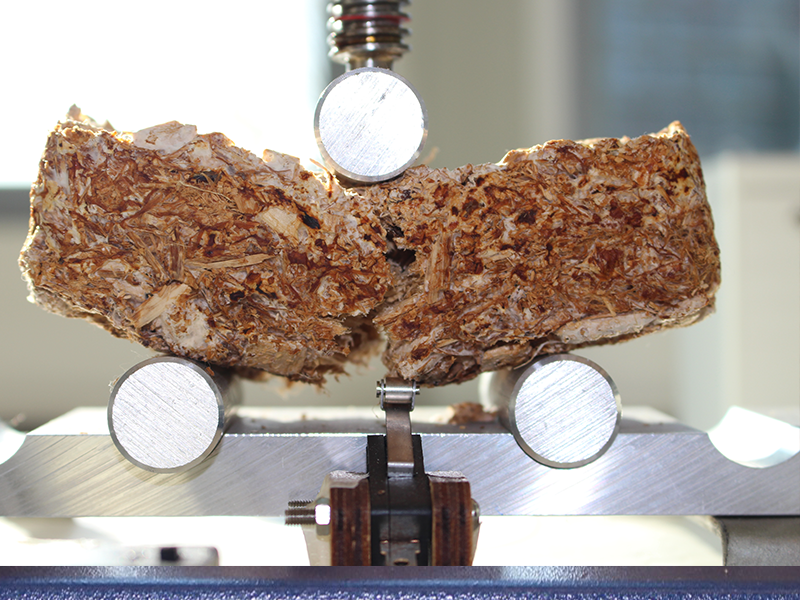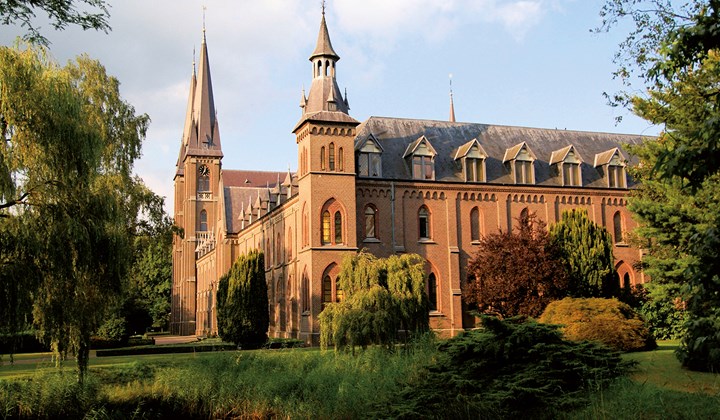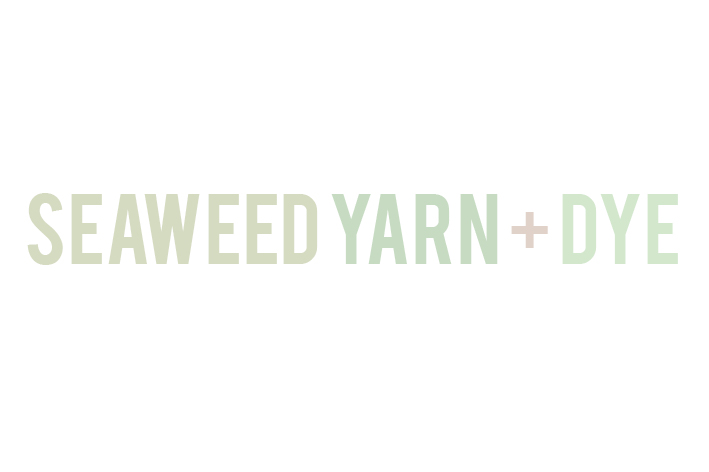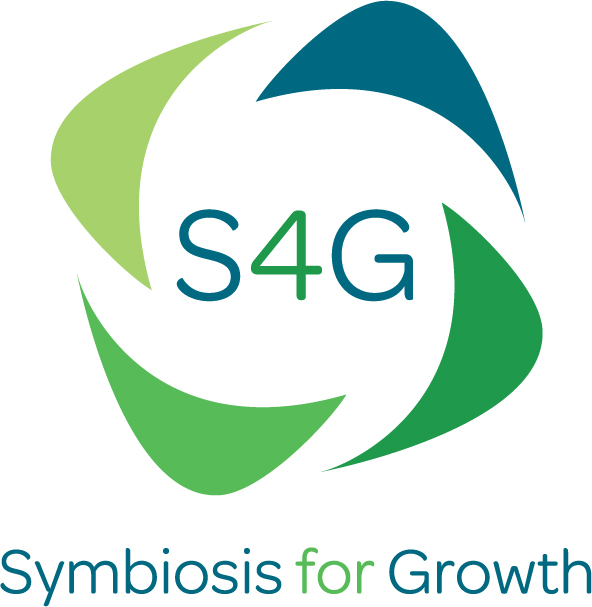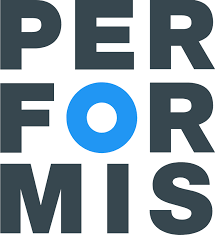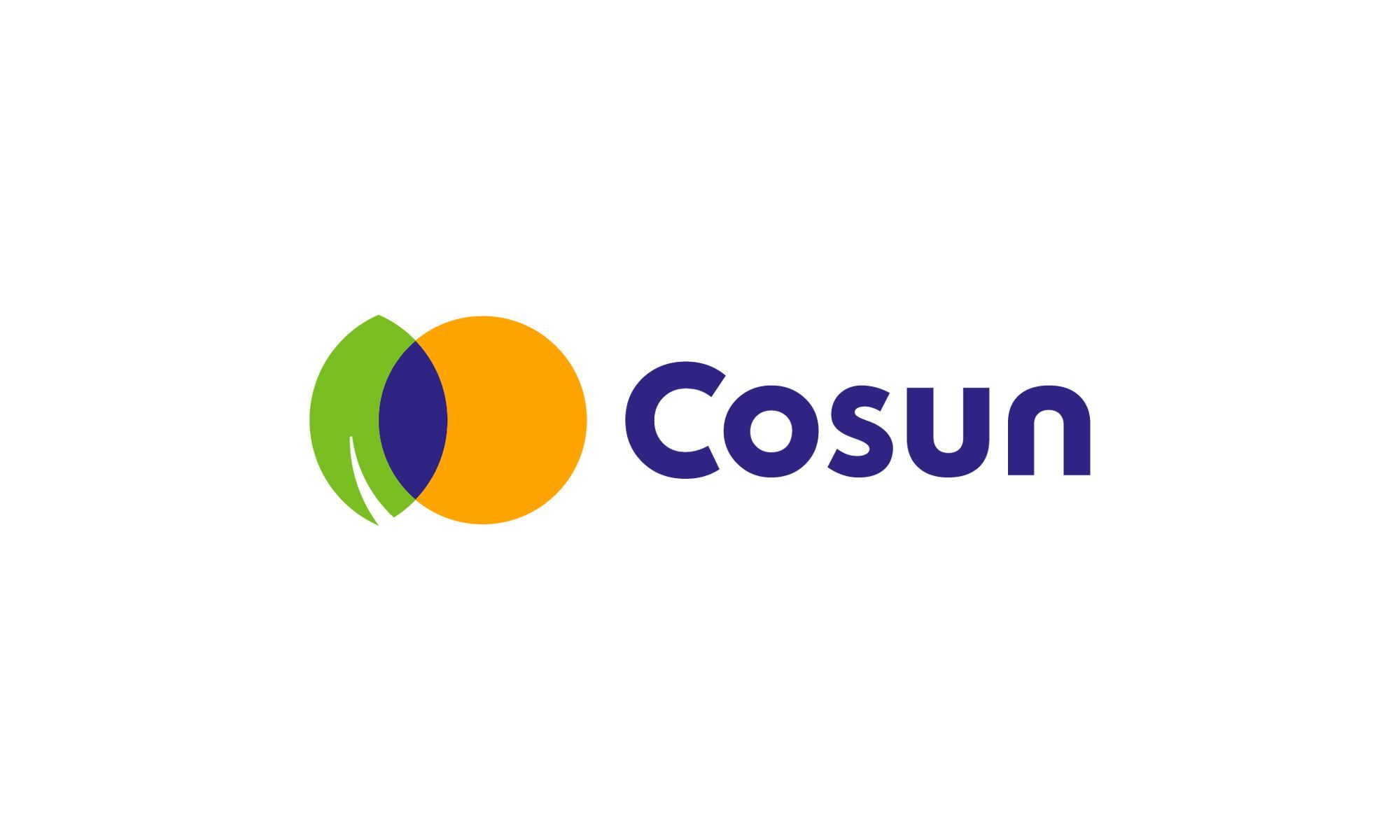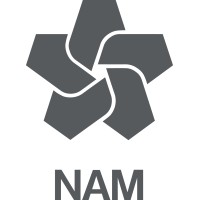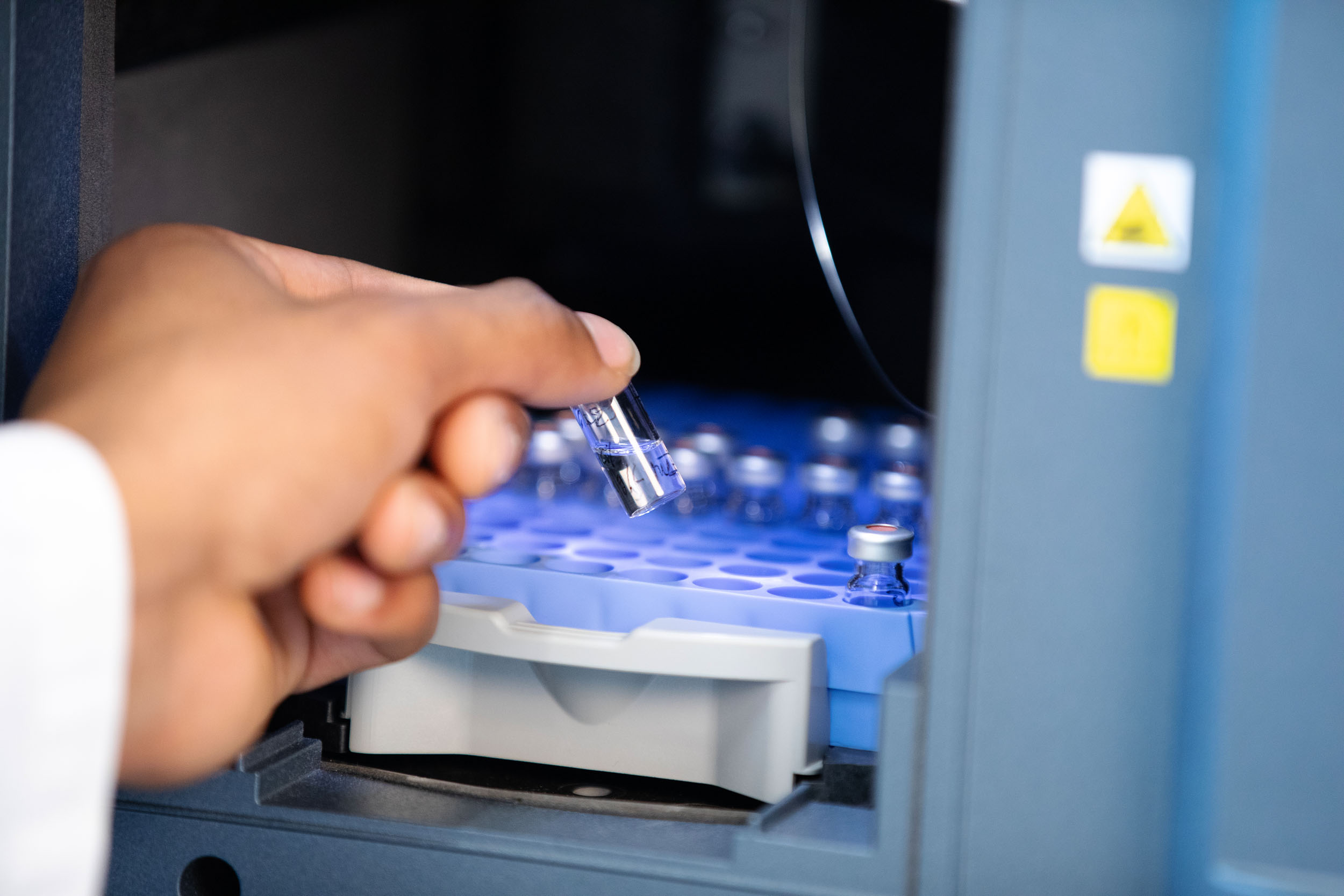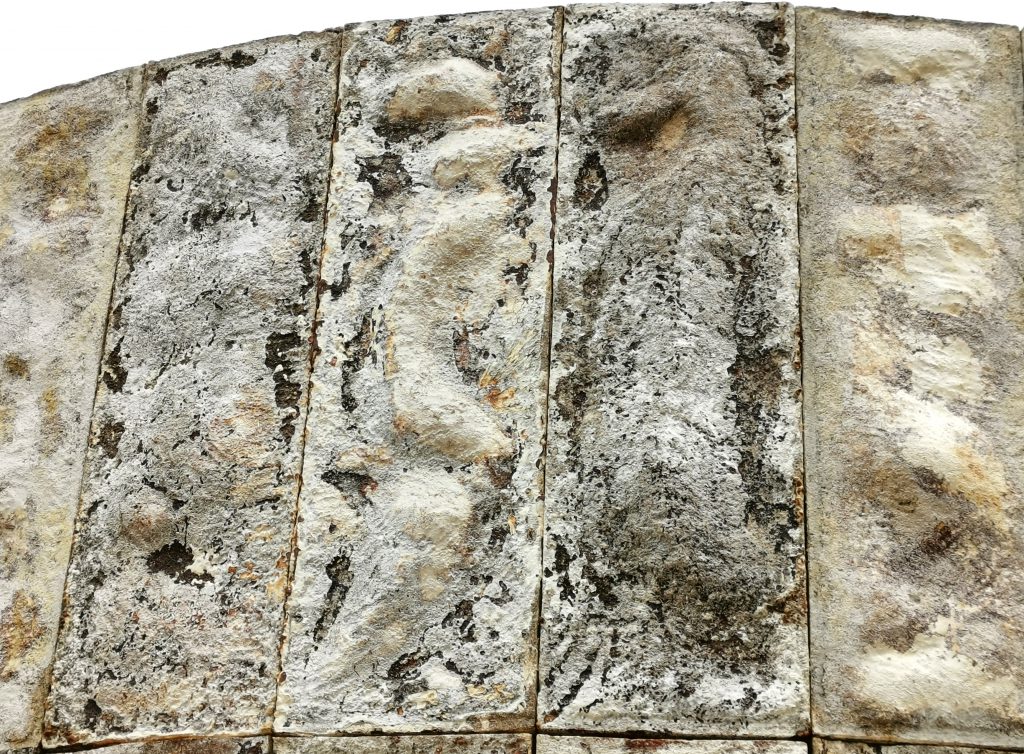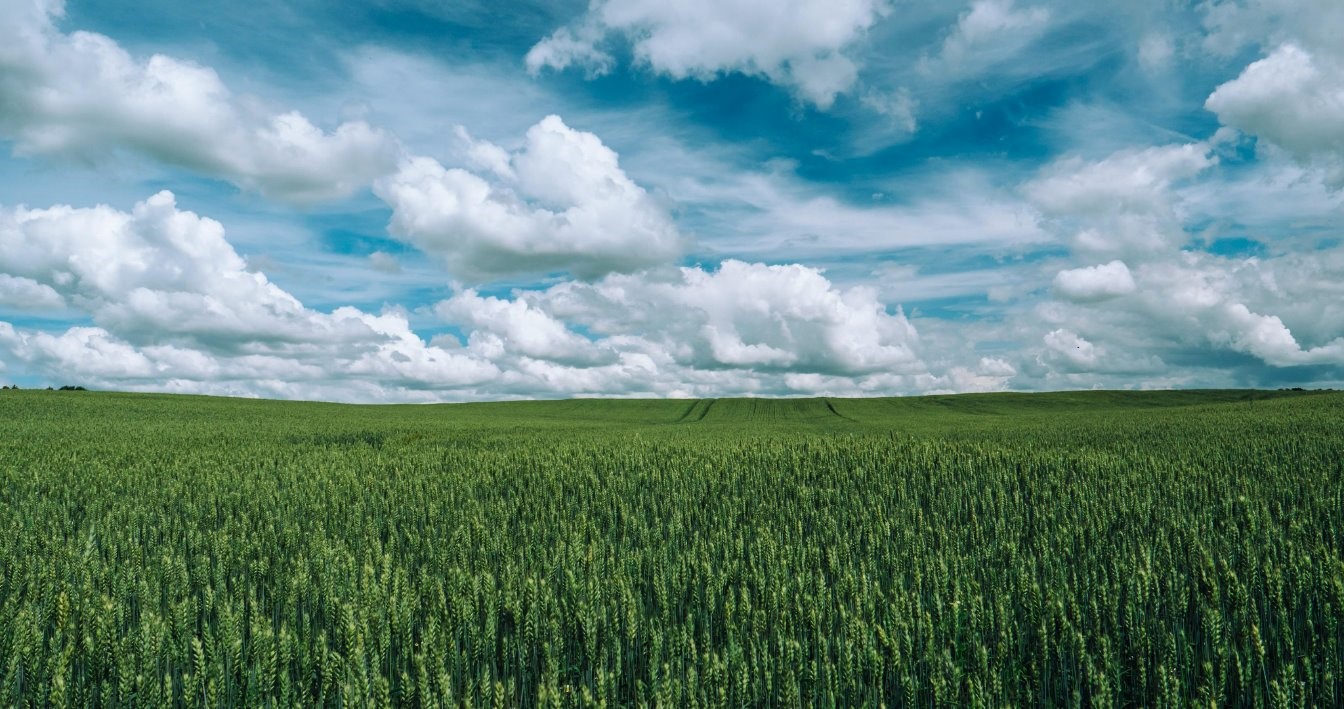The focus is on improving the mycelium composites, testing the properties of the material (strength, insulating capacity, moisture resistance) and making the “production process” more manageable. Various prototypes will be created that match the investigated material properties and provide a picture of possible applications.
What are the properties of mycelium?
Mycelium is an interwoven network of thin threads, called hyphae or hyphae, from which mushrooms and fungi are built. These microscopic threads ensure the absorption of nutrients from the environment and can fuse into a solid material. A mycelium-based material is a composite consisting of a natural enhancer or filler (substrate), such as hemp fibers in combination with mycelium from a fungus. The mycelium acts as a three-dimensional matrix that binds to a natural substrate to form a lightweight material, similar to expanded polystyrene. Mycelium-based materials are fully biobased and biodegradable at the end of their life without burdening the environment.
It is currently possible to manufacture mycelial composites using different substrates and mushrooms. However, more control is needed on the growing conditions and research is needed into the material properties. At the same time, it is interesting to look for innovative (construction) applications, because the material appears to be suitable for this. It is light, can be strong, and contains trapped air. This indicates possible good construction, insulating or sound-absorbing properties.
Mapping possible applications
This project should provide more insight into the production of mycelium-based materials and provide insight into the influence of the growth conditions, substrate type and material processing on the properties of the mycelium composite. The focus is on improving the mycelium composites, testing the properties of the material (strength, insulating capacity, moisture resistance) and making the “production process” more manageable. Various prototypes will be created that match the investigated material properties and give an idea of possible applications.
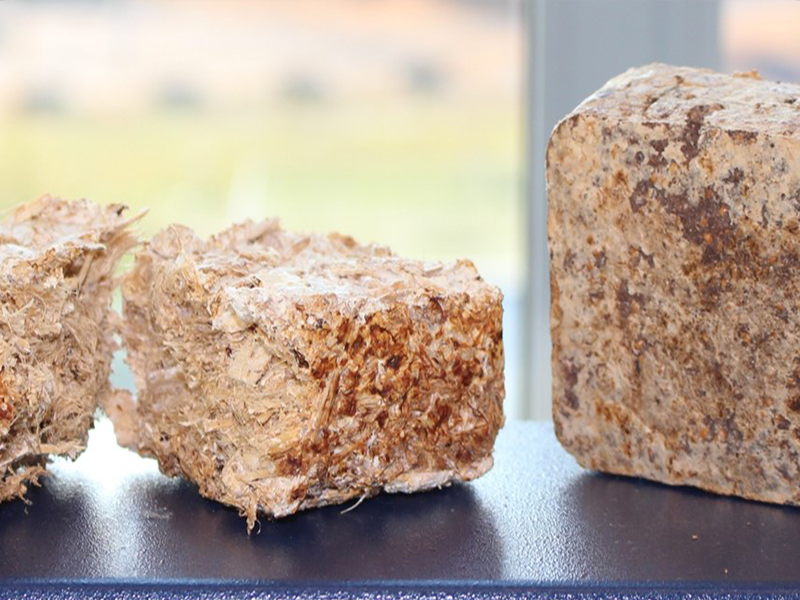
20160901 until 20190902




